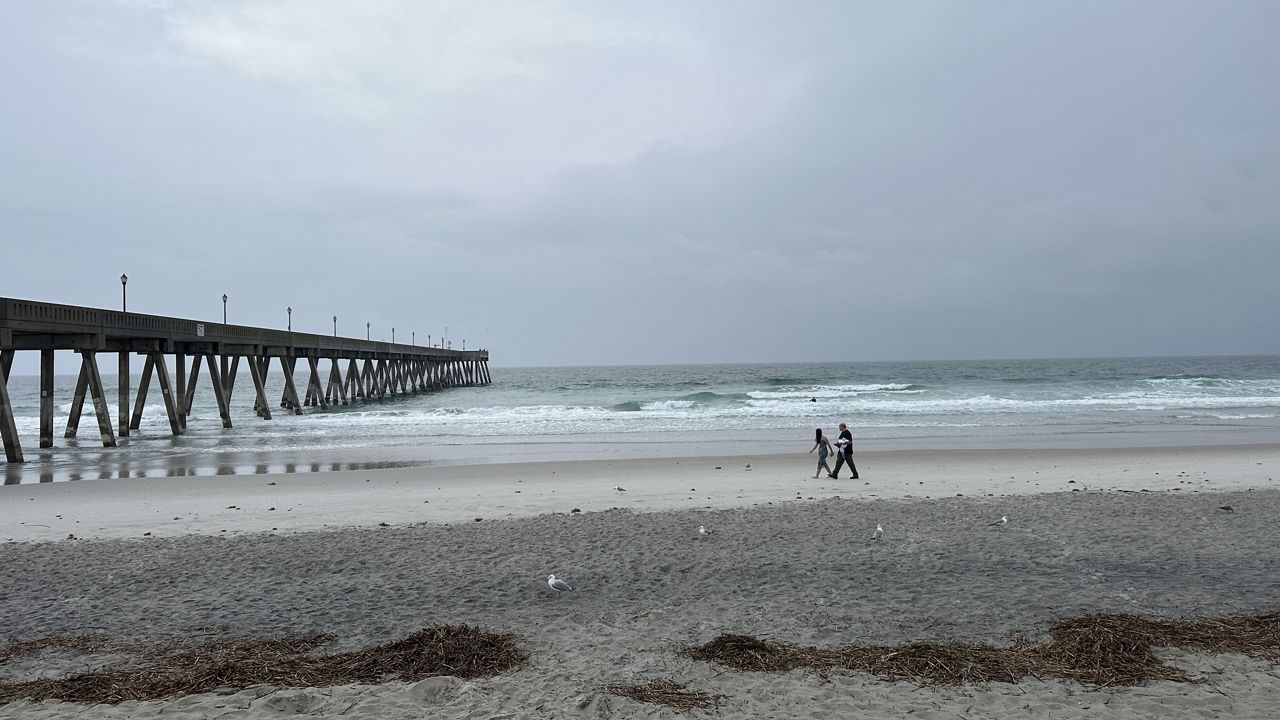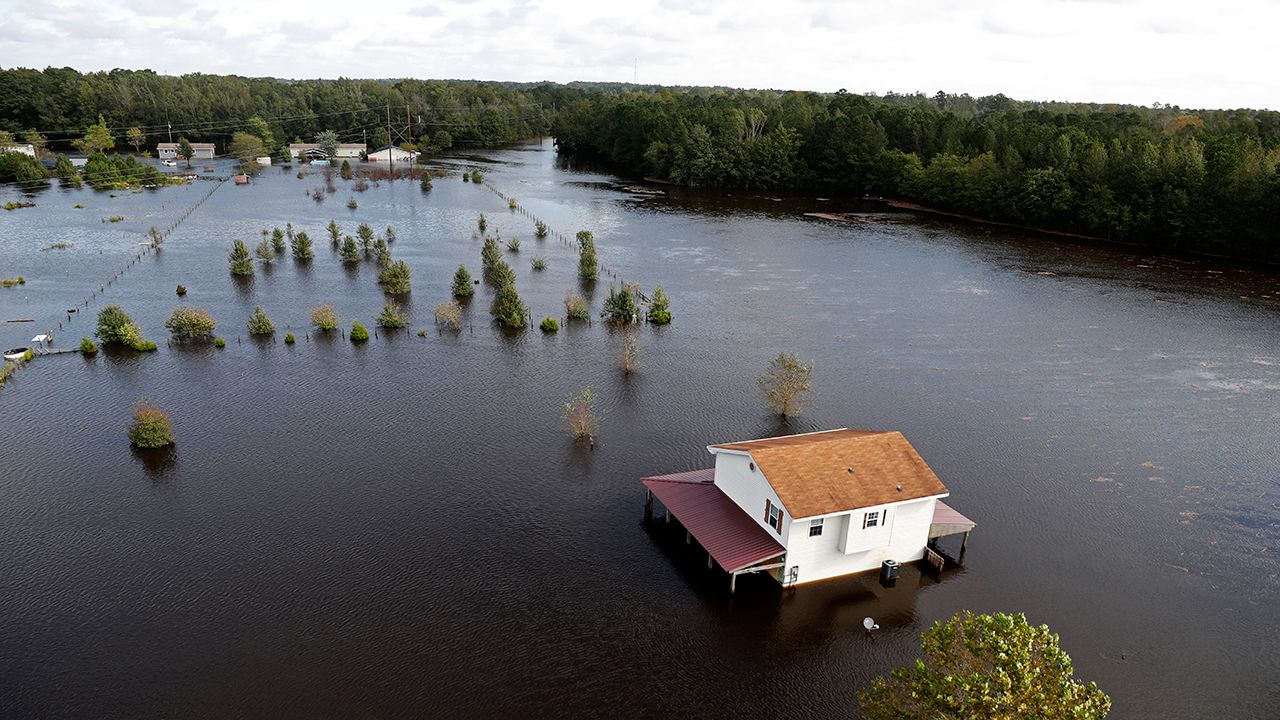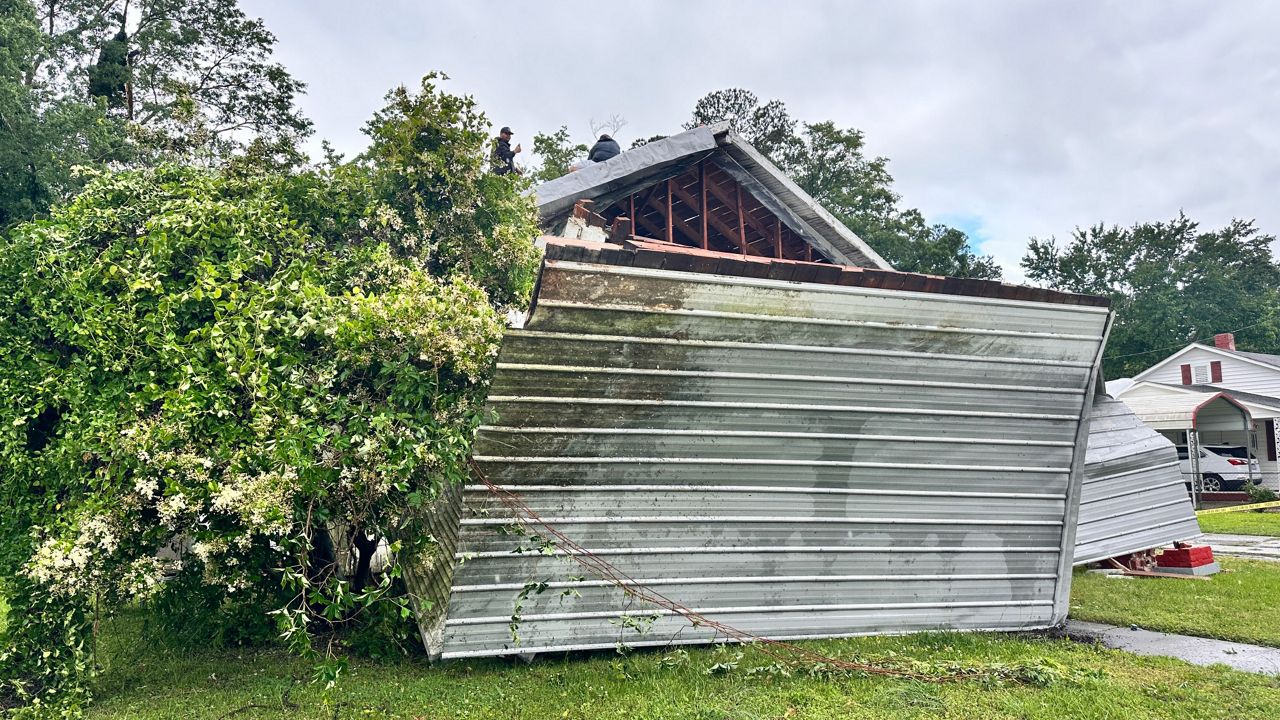GREENSBORO, N.C. — A mere 6 inches of fast-moving water can knock over an adult, 12 inches of water can carry away most cars and 2 feet of water can wash away SUVs and trucks.
What You Need To Know
- The Centers for Disease Control and Prevention says over half of all flood-related drownings happen when someone drives into floodwater
- Flooding is associated with the majority of all presidential disaster declarations
- The Swift Water Rescue Team in Greensboro helps in rescues across the state and country
- Newer technology has allowed the team to increase their rescue response and care time
North Carolina is no stranger to flash flooding, which can occur when ample amounts of rain fall in a short time, and flooding is associated with most presidential disaster declarations.
First responders prepare for severe weather such as flash floods.
“During severe weather events, we know that we're going to have an increased calls of wrecks. We know we're going to have increased calls of utility calls, of trees and power lines … we see an increase of wrecks because of visibility, poor visibility. We see increase of wrecks due to hydroplaning,” said Special Operations Assistant Chief Bryan Vickery with the Greensboro Fire Department.
One of the team's fire engines is a designated rescue truck with items such as hydraulic rescue tools and other specialty equipment for overturned cars or high-velocity wrecks.
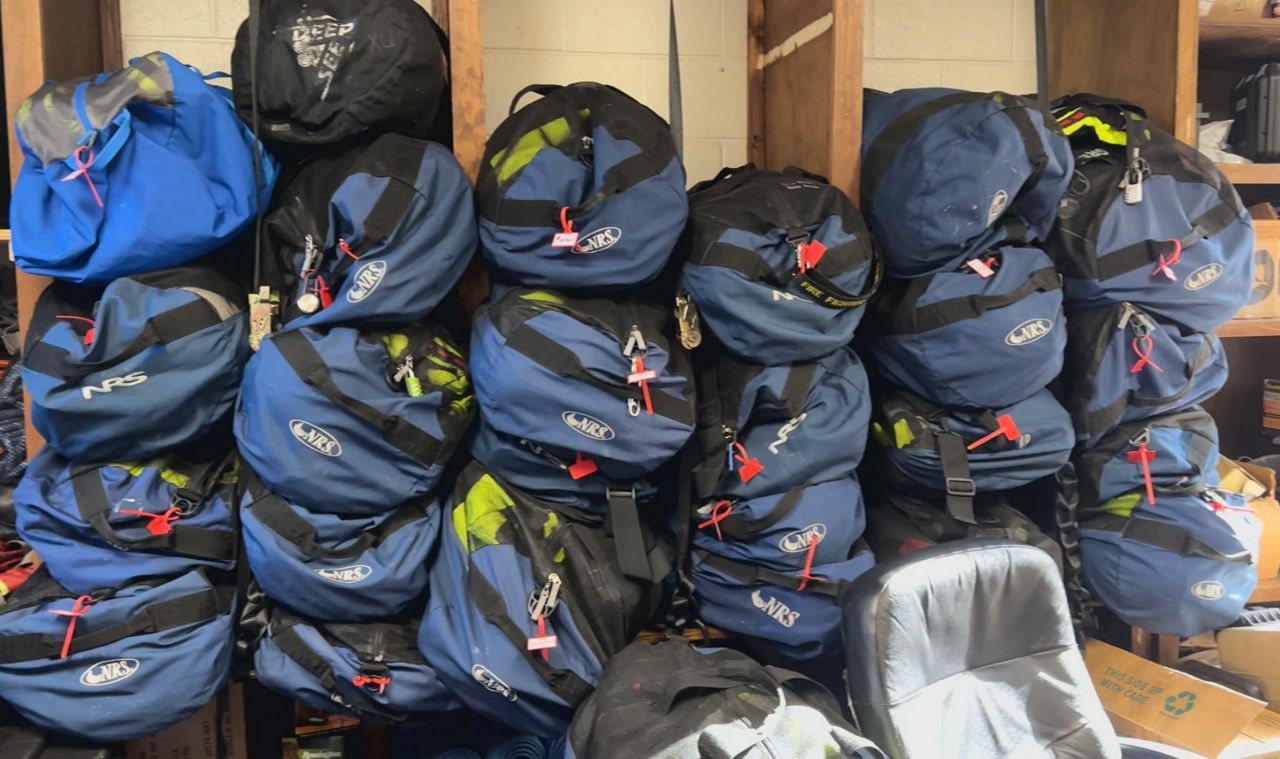
Another area of specialty is the Swift Water Rescue Team at Station 5 of the Greensboro Fire Department.
“We're lucky here in Greensboro. Everyone here at this station is certified in water rescue. They're certified in structural collapse.They're certified in high angle rescues. They're certified in trench rescues and confined space injuries,” Vickery said.
The team helps rescue those stuck in rapid and or deep water, and in the fiscal year, has been dispatched to 10 water rescues.
“For our springtime storms, I would expect us to run 20 or 30 this year because our big springtime storms, we see a lot of flash flooding, a lot of rain coming down in a short amount of time," Vickery said. "Water levels rise quickly if cars get stalled in those waters. So I would expect our call volume to increase."
The team has different boats and gear to use depending on the situation, and Vickery says hypothermia is a concern for responders while rescuers are in the water along with chemicals, sewage or debris.
“The big thing about the operators of these boats is that they operate at night," he said.
"They operate in the worst conditions that you can expect. Swift water, where it's a raging river, we can navigate and pluck people out of the river with these boats," Vickery said. "So our operators really do some amazing training.”
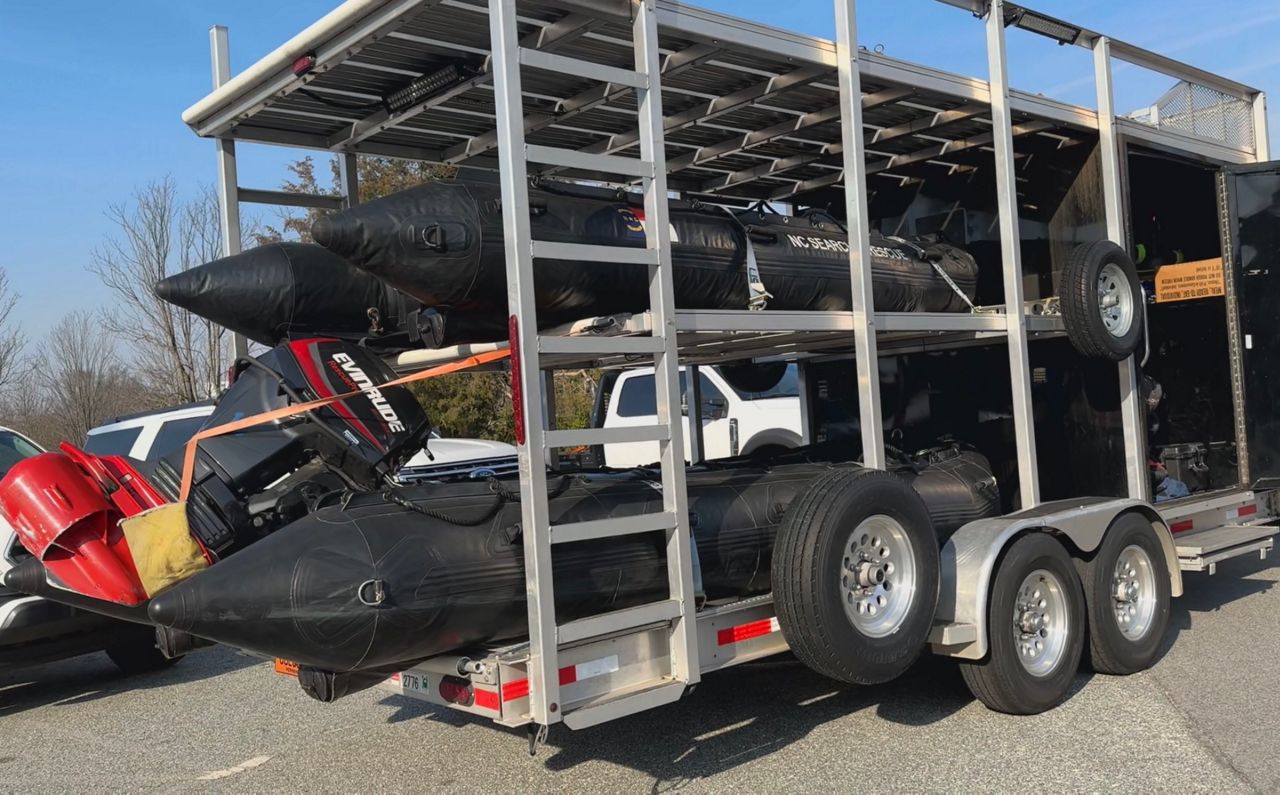
The rescue team was sent to Vermont in July to help respond to severe flooding the state was receiving, and it also helps with other storms across the state.
“They have everything in here that makes them self-sufficient. We have our fuel bladders. We have spare fuel motors on the front. We actually have more motors, more fuel. It's really an amazing and neat choreographed response when you see these guys in action,” Vickery said.
Storms such as hurricanes can knock out infrastructure and service, which is why bringing extra gas and flotation devices and training becomes a matter of survival as the team is deployed for multiple days at a time.
Flash floods can rapidly change water levels in the area, raising a creek that is around 6 inches deep to a 10 feet in less than an hour.
The Centers for Disease Control and Prevention says over half of all flood-related drownings happen when someone drives into hazardous floodwater. The next leading cause of death is walking near or into floodwater.
“There's probably 10 locations in the city of Greensboro that flash flooding occurs frequently," he said. "And what we do is we'll actually preplan those areas. When we know we have a storm system coming through, the city of Greensboro does a great job of clearing debris out of the stormwater system so that we can hurry up, move water on down."
"But when the storm system is overloaded with rain, we go out there and actually observe and make sure that the water rise does not impact folks,” he said.
A strong storm system early this year spawned a deadly tornado, left thousands without power and caused flooding in communities including Greensboro, prompting the rescue team to deploy.
The team has new technology that is helping improve rescue response and procedures.
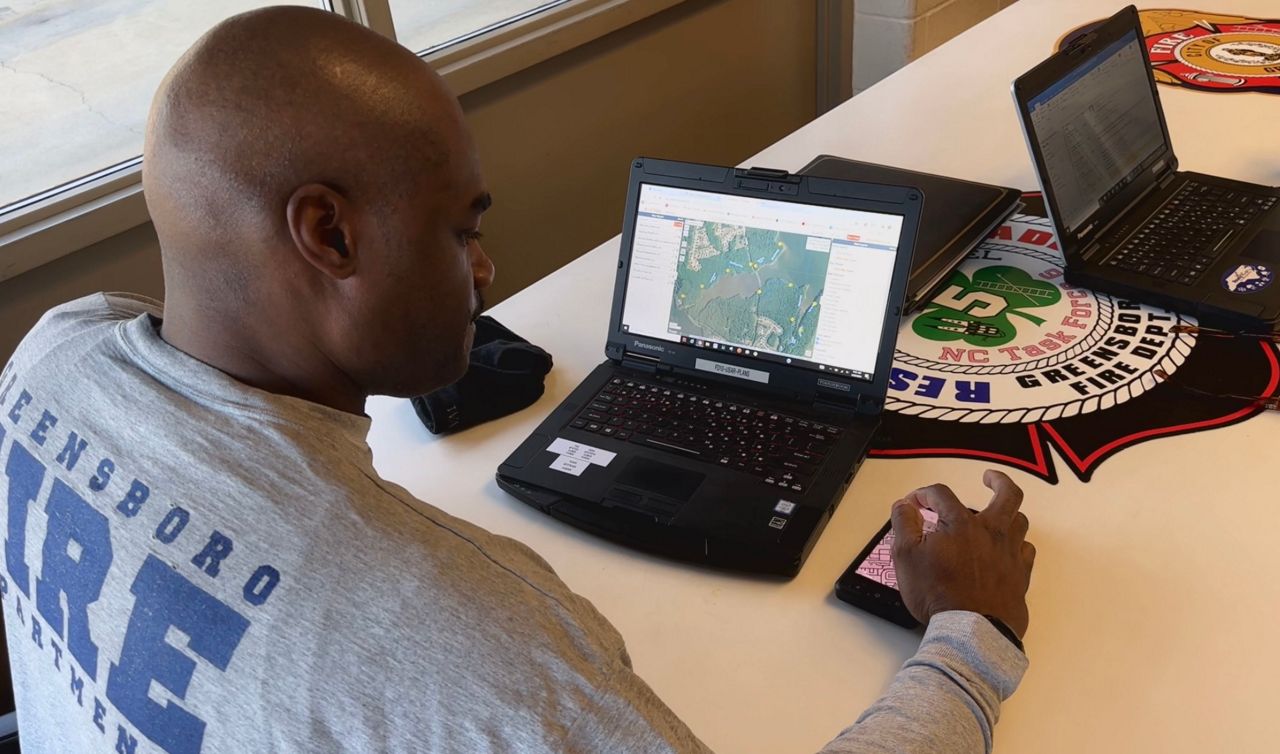
“We utilize the same technology on our trail rescues and the watershed trails of Greensboro, and what it's helped us with is it's getting us to the patient faster, providing care to the patient faster," Vickery said. "It's also allowing us to remove the patient from the trail system faster and getting them to advanced care faster."
"So where it used to take us about 45 minutes to actually reach a patient, now we're actually reaching the patient in 15 minutes and extracting the patient within 15, 16 minutes, so that they're receiving advanced care,” he said.
The technology allows easier communication between teams and updates the state emergency operation center to better allocate resources.
“The live tracking is huge commanding control side and being able to drop those pings and say, hey, you have a new mission here in this location," Vickery said. "We can say, hey, boat two is closer to this rescue. Send boat two instead of boat three.”
If you see an area that appears flooded or has excess water, do not drive or walk through it, as roads may have also washed away, and remember the National Weather Service campaign — Turn around don’t drown.
“Find an alternate route and find another way to get around,” Vickery said.








